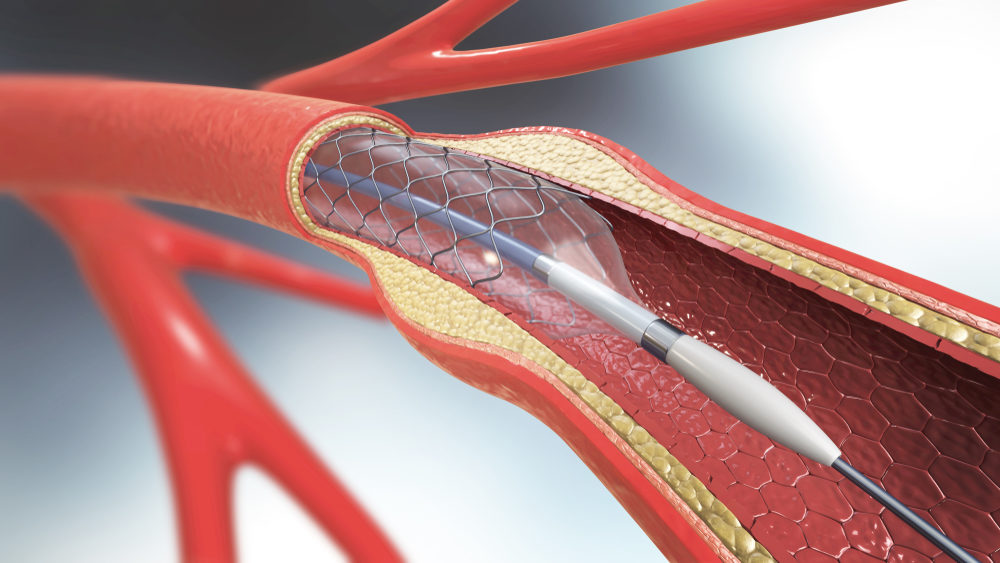The Importance of Clinical Diagnostic
Correct diagnosis is one of the most crucial aspects of medical care and treatment. By correctly identifying the underlying cause of a patient’s symptoms, doctors can develop an effective treatment plan. Misdiagnosis can delay proper treatment and potentially exacerbate the condition. Diagnosis is a careful, step-by-step process that utilizes a patient’s medical history and symptoms alongside various diagnostic tests. Let’s take a closer look at this important process.
Gathering a Medical History
The Clinical Diagnostic process begins with gathering relevant information about the patient’s medical history and current symptoms. Doctors will ask about pre-existing conditions, current medications, family medical history, lifestyle factors, and when the symptoms first began. They will thoroughly note any changes, triggers, or patterns associated with the symptoms.This historical background provides crucial context for understanding the potential causes. It allows doctors to rule out conditions that are inconsistent and focus their differential diagnosis.
Performing a Physical Exam
After reviewing the medical history, physicians will perform a physical examination. This may involve checking vital signs, listening to the heart and lungs with a stethoscope, feeling the abdomen for any abnormalities, examining the skin, and performing neurological checks. The exam allows doctors to observe any visible signs, palpate unusual masses or tenderness, and check vital organ functioning. Abnormal findings on exam can provide useful clues for determining the most likely diagnoses.
Ordering Diagnostic Tests
Based on the history and exam findings, doctors may order various lab tests, imaging scans, or other diagnostic procedures. Common tests include blood tests to check electrolyte and hormone levels, urine analysis, EKG or echocardiogram of the heart, x-rays, CT scans, MRIs, endoscopies, and biopsies. These objective findings can detect abnormalities not apparent on exam alone. They help confirm or rule out suspected conditions and guide further evaluation or treatment. Doctors carefully select tests based on individual circumstances to obtain the most useful information cost-effectively.
Developing a Differential Diagnosis
With the gathered information, physicians systematically develop a list of potential diagnoses, or differential Clinical diagnostic,that could reasonably explain the clinical picture. This involves weighing all potential disease or injury processes consistent with the presenting signs and symptoms. Conditions considered more common or serious are given higher priority. As test results return, unlikely diagnoses can be eliminated. The remaining possibilities are re-evaluated to determine the final, or working, diagnosis.
Establishing a Definitive Diagnosis
In some cases, the working diagnosis becomes definitive after initial testing is complete. However, additional tests, second opinions, or subspecialist consultation may still be required to establish firm certainty. A definitive diagnosis validates the underlying cause beyond reasonable doubt. This degree of diagnostic certainty guides prognosis and confirms the appropriate treatment approach. Ongoing monitoring and re-evaluation help detect any changes requiring modification of the diagnosis over time.
Communicating the Clinical Diagnostic
Once the full diagnostic workup reaches a clear conclusion, doctors carefully explain the results and confirmed diagnosis to the patient. This education empowers patients to actively participate in decision-making regarding their care.
questions are addressed, treatment goals are clarified, and ongoing follow-up plans are discussed. An accurate diagnosis delivered with empathy, respect and care helps allay patient anxiety and promote understanding of the condition. This dialogue is the foundation for developing a collaborative doctor-patient relationship and treatment alliance.
*Note:
1. Source: Coherent Market Insights, Public Source, Desk Research
2. We have leveraged AI tools to mine information and compile it.


